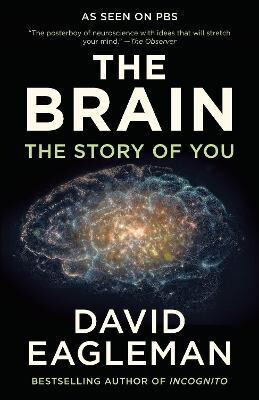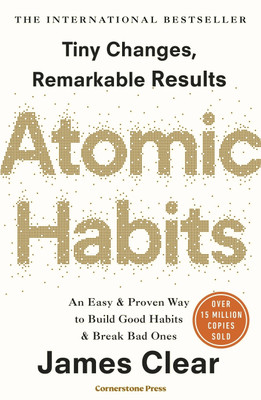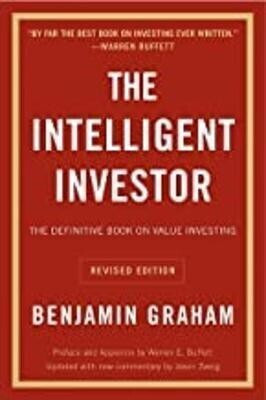

Sasa Lele Starts In30 mins : 56 secs
Loudspeaker technology: Audio crossover, Line array, Loudspeaker measurement, Neodymium magnet, Parabolic loudspeaker, Moving iron speaker (English, Paperback, LLC Books, Source Wikipedia)
Price: Not Available
Currently Unavailable
Highlights
- Language: English
- Binding: Paperback
- Publisher: Books LLC, Wiki Series
- ISBN: 9781155836492, 1155836499
- Edition: 2010
- Pages: 122
Description
Please note that the content of this book primarily consists of articles available from Wikipedia or other free sources online. Pages: 28. Chapters: Audio crossover, Line array, Loudspeaker measurement, Neodymium magnet, Parabolic loudspeaker, Moving iron speaker, Bass reflex, Electrical characteristics of dynamic loudspeakers, Acoustic transmission line, Compression driver, Power attenuator, Dipole speaker, Haas effect, Bass test, Loudspeaker acoustics, Speaker cone, Nominal watt, Voigt pipe, Acoustic suspension, Coaxial speakers, MLSSA. Excerpt: Audio crossovers are a class of electronic filter used in audio applications. Most individual loudspeaker drivers are incapable of covering the entire audio spectrum from low frequencies to high frequencies with acceptable relative volume and lack of distortion so most hi-fi speaker systems use a combination of multiple loudspeakers or drivers, each catering to a different frequency band. Crossovers split the audio signal into separate frequency bands that can be separately routed to loudspeakers optimized for those bands. Crossovers also enable multiband processing and multiple amplification where the audio signal is split into bands that are adjusted (equalized, compressed, echoed, etc.) separately before they are mixed together again. Some examples are: multiband dynamics (compression, limiting, de-essing), multiband distortion, bass enhancement, high frequency exciters, and noise reduction (for example: Dolby A noise reduction). Comparison of the magnitude response of 2 pole Butterworth and Linkwitz-Riley crossover filters. The summed output of the Butterworth filters has a +3dB peak at the crossover frequency.The definition of an ideal audio crossover changes relative to the task at hand. If the separate bands are to be mixed back together again (as in multiband processing), then the ideal audio crossover would split the incoming audio signal into separate bands that do not overlap or interact and which result in ...
Read More
Specifications
Book Details
| Publication Year |
|
| Table of Contents |
|
Contributors
| Author |
|
Dimensions
| Width |
|
| Height |
|
| Weight |
|
Have doubts regarding this product?
Safe and Secure Payments.Easy returns.100% Authentic products.
Back to top






